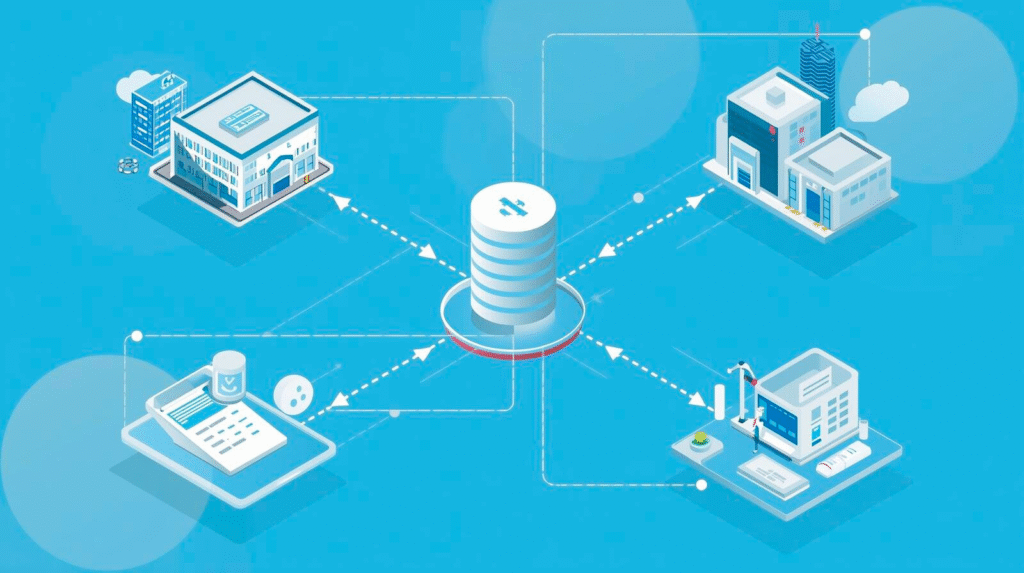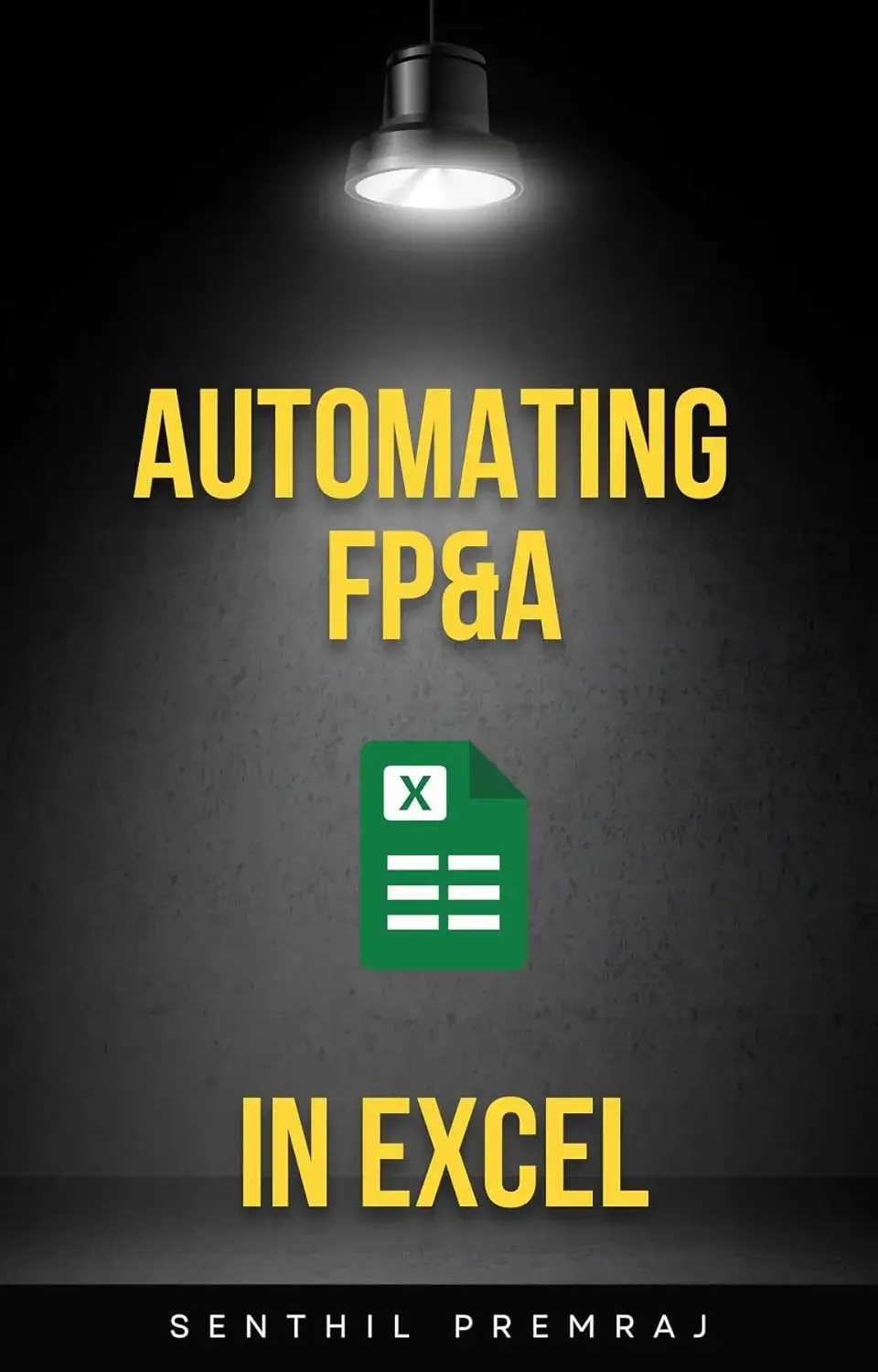
Introduction: The New Era of Healthcare Finance
Financial reporting software for healthcare CFOs is rapidly becoming essential for mid-market healthcare organizations. CFOs managing hospitals, clinics, and multi-entity networks are facing growing complexity, regulatory demands, and the need for real-time financial insights. In organizations with $50M–$500M in annual revenue, relying solely on spreadsheets is no longer sufficient—FP&A tools are required to streamline reporting, automate consolidations, and enable strategic decision-making.
Traditional tools like Microsoft Excel, while familiar, are no longer sufficient. Finance teams often struggle with fragmented spreadsheets, broken formulas, and version chaos across multiple entities. These challenges slow financial reporting, increase the risk of errors, and leave CFOs firefighting instead of driving strategy.
This is why financial reporting software for healthcare CFOs is now mission-critical. With the right FP&A solution, CFOs gain the ability to centralize financial data, automate reporting, model scenarios, and provide executive leadership with real-time insights—all while keeping familiar Excel workflows intact.
Why Financial Reporting Software for Healthcare CFOs Is Critical
Multi-Entity Complexity Solved by Financial Reporting Software for Healthcare CFOs

Healthcare organizations often consist of multiple hospitals, outpatient clinics, labs, and physician groups. Each entity maintains its own books, reporting schedules, and budgeting practices. Consolidating these diverse data streams is challenging, time-consuming, and prone to error.
A single miscalculation in one clinic can cascade across the consolidated reports, potentially skewing key performance metrics such as operating margins, cash flow, and departmental profitability. Financial reporting software for healthcare CFOs addresses this by providing a centralized platform where all entities’ financials are consolidated automatically, ensuring accuracy and reducing manual effort.
Regulatory Compliance Challenges and How Financial Reporting Software for Healthcare CFOs Helps
Healthcare CFOs must navigate a complex web of regulations, including GAAP, IFRS, CMS reporting, HIPAA, and local compliance requirements. Failure to comply can result in fines, audit failures, and reputational damage. Excel-based processes often struggle to maintain audit trails, leaving organizations exposed.
With purpose-built FP&A tools, healthcare finance teams can generate audit-ready reports at the click of a button. Every transaction, allocation, and calculation is traceable, meeting regulatory demands while freeing up teams to focus on strategy.
Managing Financial Volatility with Financial Reporting Software for Healthcare CFOs
Healthcare CFOs also face revenue volatility due to fluctuating payer reimbursements, changes in Medicare or Medicaid rates, and shifting patient volumes. Traditional reporting methods make it difficult to anticipate cash flow shortfalls or plan strategic investments. Financial reporting software for healthcare CFOs provides scenario modeling and predictive analytics to evaluate “what-if” scenarios in real-time.
For example:
- How does a 5% reduction in commercial payer reimbursement affect quarterly revenue?
- What happens to cash flow if patient volumes drop by 10% across a multi-hospital network?
These insights empower CFOs to make proactive, informed decisions instead of reacting after the fact.
The Reality Today: Excel Overload in Healthcare Finance
Despite its ubiquity, Excel has significant limitations for mid-market healthcare organizations:
Entity Sprawl
Each hospital, clinic, and department often maintains its own workbook. Finance teams then spend hours consolidating these versions into a master file—often riddled with inconsistencies.
Broken Links and Formulas
Even minor changes, like renaming a worksheet or adjusting a formula, can create cascading errors. Misreported figures or incorrect calculations can reach executive dashboards, misleading decision-makers.
Version Chaos
Healthcare finance teams frequently send multiple “Final” versions of spreadsheets to leadership. The result is confusion over which version truly represents the official numbers.
Manual Consolidation
At month-end, CFOs and finance teams may spend days manually rolling up trial balances, reconciling intercompany transactions, and adjusting for payer-mix discrepancies. This leaves little time for analysis or strategy.
Industry research shows that FP&A teams spend 40–70% of their time gathering and cleaning data, which could otherwise be directed toward forward-looking financial planning.
Key Benefits of Financial Reporting Software for Healthcare CFOs
Centralized Multi-Entity Data
A robust FP&A platform consolidates financials from all hospitals, clinics, labs, and physician groups into a single source of truth. CFOs can instantly access unified trial balances, departmental budgets, and operational KPIs.
Automated Consolidation
Multi-entity roll-ups and intercompany eliminations are automated. Finance teams no longer need to reconcile dozens of spreadsheets manually. This reduces errors and dramatically accelerates reporting cycles.
Scenario Planning and Forecasting
CFOs can run real-time simulations to assess the impact of reimbursement rate changes, patient volume fluctuations, or expansion projects. Scenario modeling enables proactive decision-making and strategic planning.
Regulatory Compliance
FP&A software ensures all reports are audit-ready and GAAP/IFRS-compliant. Automated tracking, documentation, and reporting reduce the risk of compliance failures and simplify regulatory submissions.
Real-Time Dashboards and Analytics
Executives, boards, and departmental managers can access dynamic dashboards that reflect current financial performance, cash flow status, and key operational metrics. This visibility supports faster, data-driven decisions.
Cost and Resource Optimization
By automating routine tasks, healthcare finance teams can redirect resources toward strategic initiatives such as expansion, service line optimization, and cost management. CFOs are freed from manual spreadsheet firefighting to focus on value creation.
PivotXL: The Leading Financial Reporting Software for Healthcare CFOs
Most FP&A solutions attempt to replace Excel, requiring teams to retrain and adapt to rigid interfaces. PivotXL takes a different approach:
Deep Excel Integration
PivotXL connects existing Excel models to a centralized database. Finance teams continue using familiar templates while gaining real-time connectivity and automation.
Central Database
All trial balances, payer data, and departmental budgets feed into one structured, governed environment. CFOs gain confidence in the accuracy and integrity of the numbers.
Custom Scripting
PivotXL automates complex processes such as payer-mix allocations, intercompany eliminations, and reimbursement calculations, eliminating manual errors while maintaining flexibility.
Back-Office Analyst Support
PivotXL provides dedicated analysts to manage mappings, build scripts, and maintain templates, allowing lean finance teams to operate efficiently without adding headcount.
Real-World Applications of Financial Reporting Software for Healthcare CFOs
Payer-Mix Modeling
Simulate the financial impact of shifts in payer distribution, such as a 10% increase in Medicaid patients or a drop in commercial reimbursement.
Multi-Entity Consolidation
Instantly consolidate financials from 15 clinics, 3 hospitals, and multiple labs into a single set of accurate, auditable reports.
CapEx Forecasting
Connect equipment purchases (MRI machines, lab automation systems) to depreciation schedules and cash flow projections for informed investment decisions.
Service Line Profitability
Evaluate performance by service line—cardiology, oncology, imaging, or outpatient clinics—to allocate resources effectively and improve margins.
Regulatory Reporting
Generate compliance-ready GAAP reports and cost statements for CMS audits quickly, without manual intervention.
Case Study: How Financial Reporting Software for Healthcare CFOs Transforms a $200M Healthcare System
Before PivotXL:
- Month-end close took 10 days, with finance staff manually reconciling spreadsheets.
- Board presentations were delayed and prone to errors.
- Forecasting for expansion or service-line changes required tedious manual calculations.
After PivotXL:
- Consolidated P&Ls across all entities generated instantly.
- Dashboards and board reports updated in real-time.
- Scenario planning enabled CFOs to evaluate financial decisions immediately.
- Result: Faster closes, accurate reporting, and greater strategic focus.
FAQs About Financial Reporting Software for Healthcare CFOs
Q1: Why do healthcare CFOs outgrow Excel?
A1: Multi-entity complexity, payer-mix variability, and regulatory requirements make manual spreadsheets unmanageable at scale.
Q2: Does FP&A software replace ERP systems?
A2: No. ERPs manage transactions; FP&A software provides analysis, forecasting, and strategic decision support.
Q3: How quickly can CFOs see value from PivotXL?
A3: Typically within 90 days, with faster closes, automated reporting, and scenario modeling.
Q4: Is PivotXL only for large healthcare organizations?
A4: No. It’s designed for mid-market healthcare companies ($50M–$500M) needing enterprise-level discipline without enterprise-level overhead.
Conclusion: Why Healthcare CFOs Need Financial Reporting Software
For healthcare CFOs, Excel alone can no longer meet the demands of multi-entity reporting, regulatory compliance, and real-time decision-making. Financial reporting software for healthcare CFOs is no longer optional—it is mission-critical.
PivotXL enables:
- Centralized data for all hospitals, clinics, labs, and service lines.
- Deep Excel integration to preserve familiar workflows.
- Custom automation for healthcare-specific calculations.
- Back-office analyst support for lean, efficient finance teams.
CFOs gain faster closes, more accurate reporting, better scenario planning, and more time to focus on strategic initiatives—ensuring financial health while supporting the organization’s mission.
Book a demo today to see how PivotXL transforms healthcare finance.



